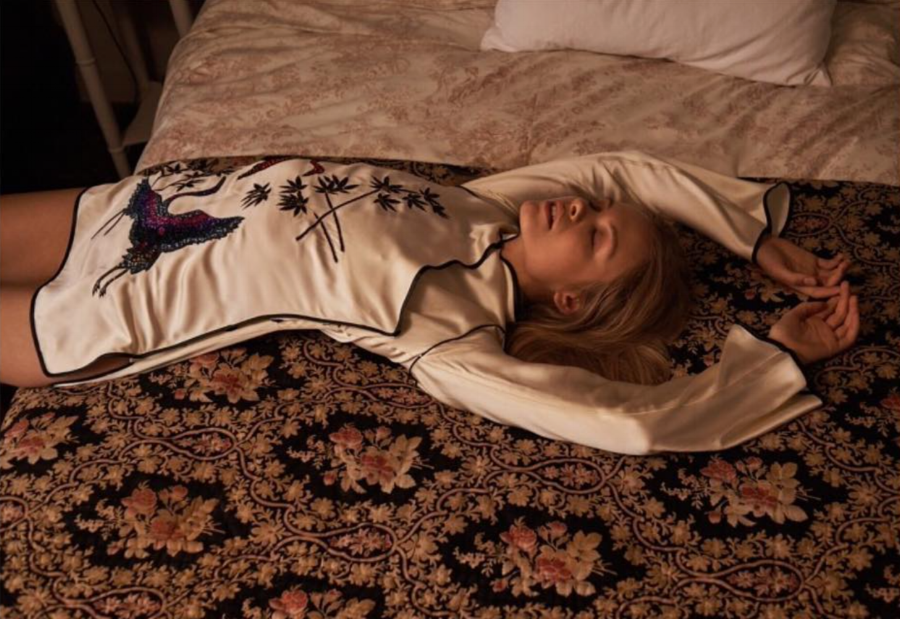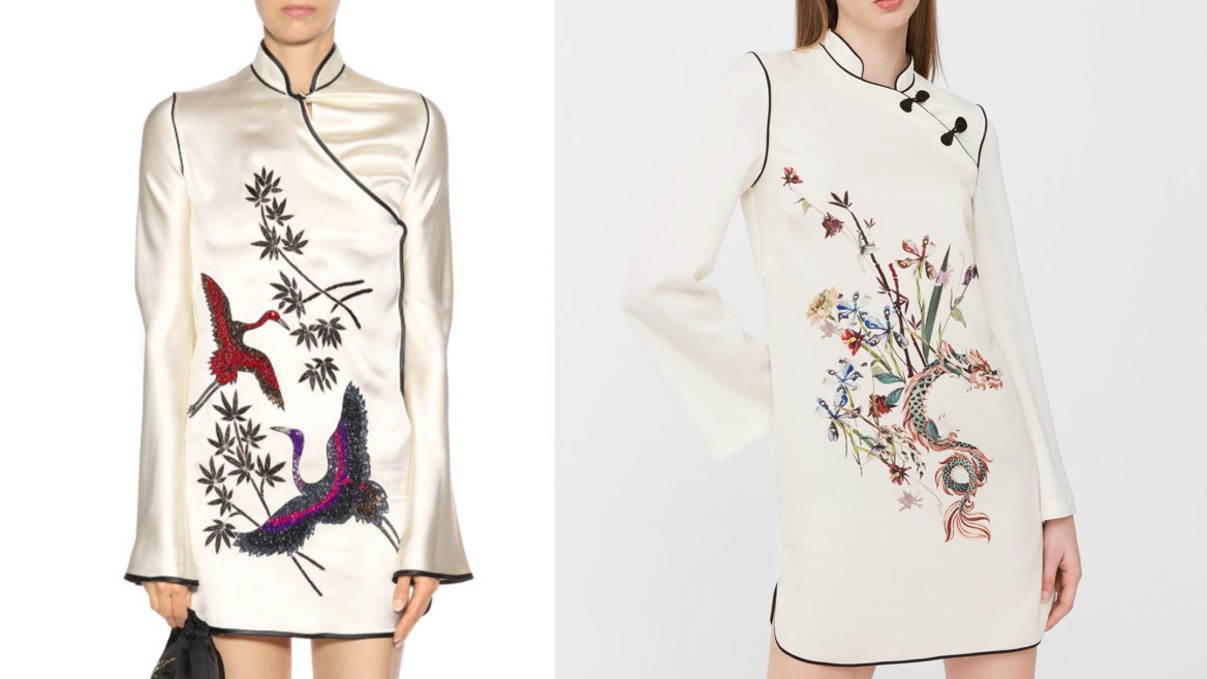 image: twenty6magazine
image: twenty6magazine
Not too long ago, Attico, the new label founded by street style stars and former fashion editors Giorgia Tordini and Gilda Ambrosia, called out Spanish fast fashion label Mango for copying. This so-called “social shaming” – in which a brand/designer calls out another brand/designer for well, copying, by way of his/her social media accounts, hence, the “social” aspect – is an increasingly common occurrence in the age of social media.
In the past, these claims of copying often arose from blatant line-for-line reproductions of original designs by fast fashion retailers, and were lodged either because the targeted designer either lacked legal recourse (due to the structure of copyright law in the U.S.) or because hiring legal counsel was not a financially viable option.
Nowadays, there line between “inspiration” and “imitation” is being blurred significantly and with increasing frequency, thereby giving rise to claims of “copying” that simply are not reasonable or viable claims. This is problematic.
Sure, it is not unusual for fast fashion retailers to churn out cheap copies that look a whole lot like another’s design. Zara, H&M, Forever 21, Mango, and co. have made built lucrative businesses on selling garments “inspired by” others’ designs, a perfectly legal and ethical move – when they are, in fact, erring on the side of inspiration (as opposed to imitation). The same can be said of big fashion brands, which take inspiration from other big fashion brands, or even smaller fashion brands.
It is important to counter this reality with the observance of the fact the entire fashion industry is based (and has almost always been based) on the ebb and flow of inspiration and facilitation of trends. What is different now? Well, for one thing, it is simply a lot easier in 2017 to pinpoint those inspirations, put them side by side, and post them on social media. It is also worth noting that in 2017, in light of the wildly sped-up fashion cycle, these inspirations are being referenced in much closer proximity (time wise) to the earlier rendition.
 Attico (left) and Mango (right)
Attico (left) and Mango (right)
But before we get ahead of ourselves, it is important to set out the crucial distinction between imitation and inspiration. Imitation refers to the production of identical copies and/or the substantial copying other artistic works. This is the type of replication that would run afoul of intellectual property laws, if we considered it in a legal context.
Speaking outside of the legal realm – largely because copyright law is notoriously limited for garments and accessories in the U.S. (more about that here) and thereby, not particularly helpful (although laws in the homes of America’s international fashion counterparts are far more accepting of garments and accessories are protectable subject matter) – imitation is the blatant replication of the cut, construction, print, pattern, and/or other features of another garment or accessory.
Imitation is different, of course, from inspiration, as the latter entails taking existing elements and interpreting them in a new or original way. Inspiration is not only extremely common place in fashion, largely because so much has already been done, it tends to form the basis of modern day fashion as a whole, which is driven by the practice of adopting design elements of the past and adapting them so they resonate with modern day consumers. Given that so much has already been done in the centuries of fashion that preceded 2017, this should come as little surprise. It should also not serve as the basis for calling foul.
This sentiment is increasingly lost when designers or the many social media accounts/websites dedicated to “spotting copies” post side-by-side images and call ‘IMITATION!’, when the word they are actually looking for is … inspiration.
The promotion of inspiration – even by fast fashion retailers – may seem like a strange argument coming from a website that is largely protectionist in nature, one that believes that designers and garments deserve the same level of protection as photographers and photos, painters and paintings, singers and songs.
However, there is a very fine line between imitation and inspiration (legally and otherwise), and it is an important one – one that cannot be confused or widely misused – because fashion so thoroughly depends on the ability to draw inspiration from existing sources … because the silhouette of the pencil skirt already exists and the button-up white shirt has already been done. If we were to start calling ‘COPY!’ every time an existing element was used, fashion would be left in an inherent problematic position.
One thing that oftentimes leads to mis-labeled copies is the utilization of standard silhouettes, which is arguably what both Attico and Mango did here. Not only is this a standard silhouette and one that commonly includes embroidery, it is one that the fashion industry has already done many times over, long before Attico.
Proenza Schouler, for instance, sent its take on kimono dressing down the runway for Fall/Winter 2012, complete with satin frocks and nature-inspired embroidery. Before that, Jean Paul Gaultier showed similar designs for its Fall 2001 couture collection, Roberto Cavalli for Spring 2003, Tom Ford for YSL in Fall 2004, and Marc Jacobs for Louis Vuitton for Spring 2011 – just to name a few. In short: Asian-inspired silhouettes and embroidery have been on the runway in the past and will show up again soon.
It is striking that Mango opted for the same color scheme and that Ambrosio worked with Mango as part of its #MangoGirls campaign, but before we cry ‘COPYCAT!,’ this one might require a bit more thought.










